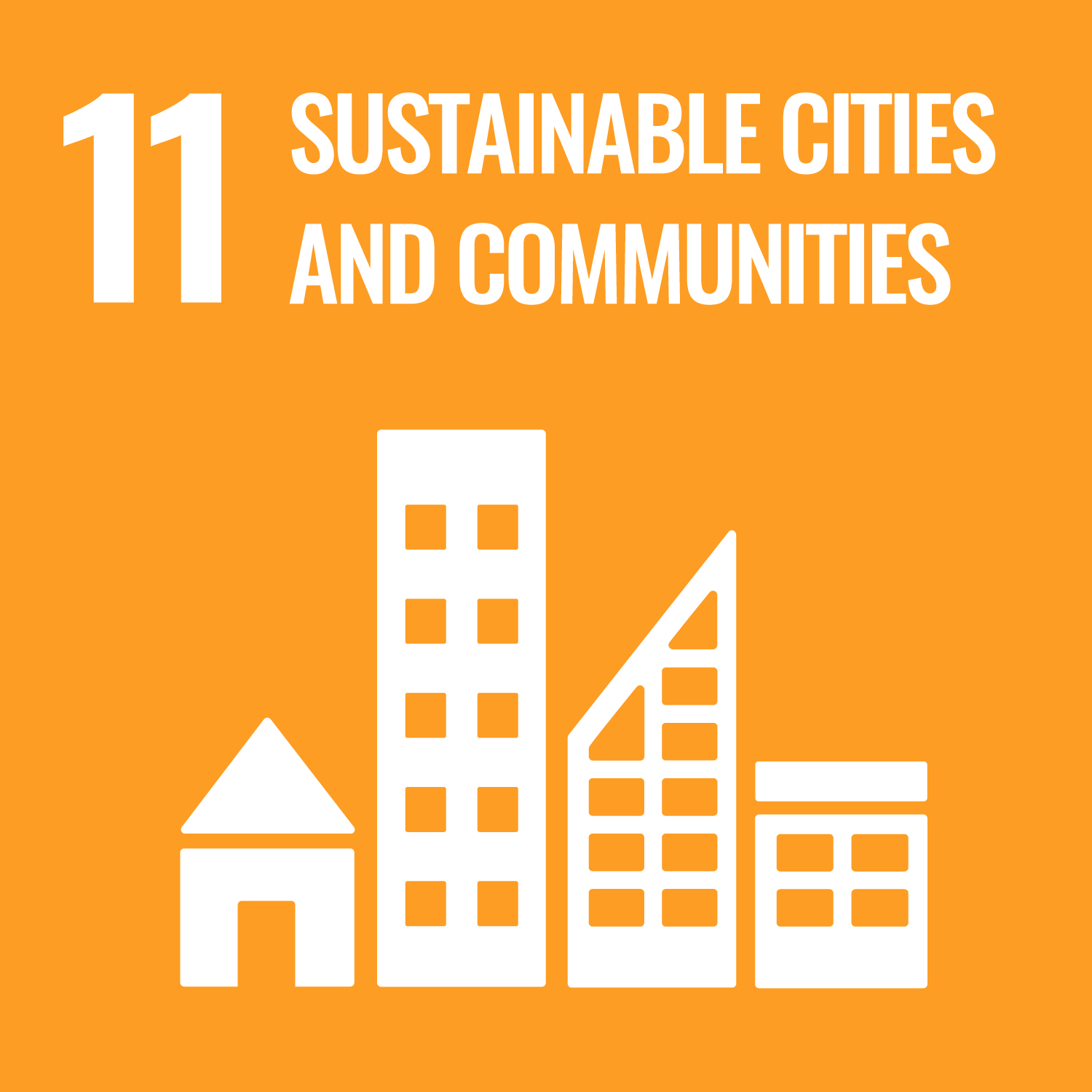From fundamental theory to practical application and advanced technologies, this class covers all aspects of Geoinformatics
technologies to understand Laser scanning, GNSS positioning, satellite imaging, aerial imaging, Photogrammetry, point cloud
data processing, 3D mapping and 3D modeling.
This course introduces the student to the equipments, methodologies, and calculations used in advanced land surveying. The
candidate will study the various types of instrument and record data from the several types of surveys and survey drawings/
models, to be a land surveyor.
- The candidate will understand Laser scanning, GNSS, Remote sensing, Photogrammetry, GIS, and BIM/CIM
- The candidate will be able to identify the various types of surveys, methodologies, measurement systems, procedures, and their appropriate applications
- The candidate will be able to demonstrate a basic knowledge of advanced surveys
| Class schedule | HW assignments (Including preparation and review of the class.) | Amount of Time Required | |
|---|---|---|---|
| 1. | Introduction: What is Geoinformatics? |
Prepare the prescribed textbook | 100minutes |
| 2. | Laser scanning: Electronic surveying measurement , EDM measurement and errors |
Prepare the prescribed documents | 100minutes |
| 3. | Global Navigation Satellite systems (1) : How GNSS works, The GPS segments, GPS surveying technique |
Prepare the prescribed documents | 100minutes |
| 4. | Global Navigation Satellite systems (2) : The GPS signal, The Code and Carrier wave, Error sources in GPS |
Prepare the prescribed documents | 100minutes |
| 5. | Remote Sensing (1) : Wave length, High resolution imaging, SAR (Micro-wave remote sensing) |
Prepare the prescribed documents | 100minutes |
| 6. | Remote Sensing (2) : Image processing, Clustering |
Prepare the prescribed documents | 100minutes |
| 7. | Exercise 1 (GNSS, Remote sensing) : GNSS applications, Remote sensing applications |
Prepare the prescribed documents | 100minutes |
| 8. | Photogrammetry (1) : Aerial Photogrammetry, Close-range Photogrammetry |
Prepare the prescribed documents | 100minutes |
| 9. | Photogrammetry (2) : Feature point detection, Image matching, Structure from Motion |
Prepare the prescribed documents | 100minutes |
| 10. | Geographical Information Systems (1) : Spatial database, Spatial analysis |
Prepare the prescribed documents | 100minutes |
| 11. | Geographical Information Systems (2) : XML, CityGML, IndoorGML |
Prepare the prescribed documents | 100minutes |
| 12. | Exercise 1 (Photogrammetry, GIS) : Photogrammetry applications, GIS Photogrammetry |
Prepare the prescribed documents | 100minutes |
| 13. | Digital Sensors: CCD/CMOS, Indoor positioning systems, Inertial Measurement Unit Building Information Modeling / Construction Information Modeling: Classifications and explanations of Geoinformatics solutions |
Prepare the prescribed documents | 100minutes |
| 14. | Summary (Final exam) | Prepare for the examination | 100minutes |
| Total. | - | - | 1400minutes |
| 1 | 2 | 3 | Total. | |
|---|---|---|---|---|
| 1. | 50% | 50% | ||
| 2. | 25% | 25% | ||
| 3. | 25% | 25% | ||
| Total. | 50% | 25% | 25% | - |
Each category is weighted as a total percentage of your final grade as follows:
Homework 40%, Final Exam 60%
Final grades will be assigned as follows:
S = 100% – 90%, A = 89% - 80%, B = 79% - 70%, C = 69% - 60%, D < 60%
Emphasis in the Final Exam will be placed upon
Identification of the various types of survey measurement system
Identification of the various types of survey data processing
Knowledge of information that may be obtained from the various types of survey data
Homework 40%, Final Exam 60%
Final grades will be assigned as follows:
S = 100% – 90%, A = 89% - 80%, B = 79% - 70%, C = 69% - 60%, D < 60%
Emphasis in the Final Exam will be placed upon
Identification of the various types of survey measurement system
Identification of the various types of survey data processing
Knowledge of information that may be obtained from the various types of survey data
- Tuesday, 12:30-13:00, Surveying room 4106 (Omiya campus)
- Wednesday, 12:30-13:00, Nakagawa Lab, 09A32 (Toyosu campus)
- Course that cultivates an ability for utilizing knowledge
- Course that cultivates a basic self-management skills
- Course that cultivates a basic problem-solving skills
| Work experience | Work experience and relevance to the course content if applicable |
|---|---|
| Applicable |



- 9.INDUSTRY, INNOVATION AND INFRASTRUCTURE
- 11.SUSTAINABLE CITIES AND COMMUNITIES
- 15.LIFE ON LAND
Last modified : Sat Sep 09 05:58:20 JST 2023
